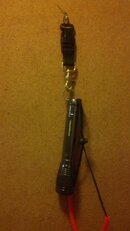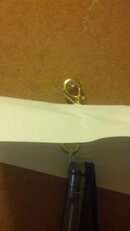Pretty much all of the equipment considerations that stem from technical/cave diving do so on the basis of accident or near-miss analysis. In that respect, they are 'heeded wisdom' and a community consensus supports those considerations in theory and practice.
It is wrong to assume that these equipment considerations should not apply to recreational level diving. Although the severity of risk may not be as great, the existence of risk factors is likely to persevere; albeit with less critical outcomes and/or less frequency of encounter.
As we know, people don't die regularly in recreational scuba diving. However, when accidents do happen they are often of an avoidable nature. Recreational dive accidents typically also show a 'chain of events' which lead to an ultimate conclusion. The ability to 'break that chain' is what protects people. Heeding wisdom on equipment consideration is another opportunity to 'break that chain' - thus an important safety factor for the diver.
The wisdom of including break-away or cut-away points within certain elements of the equipment configuration is a prime example of that sound wisdom. Likewise, the objection to devices which can entrap objects/lines without the divers' specific intention, is also well founded on accident/near-miss analysis and an acknowledged principle.
To ignore such principles, based on an objection to the perceived underlying risks is illogical. It's nothing more than willful stupidity to dismiss a risk purely because you, the individual, have not encountered it (yet).
If a diver chooses to use a configuration that opposes the 'community wisdom', then they should do so in the acceptance of risk, not through the dismissal of it. For some recreational divers, that acceptance of risk may be partially valid - as the risk is of a low order. That order of risk is entirely determined by the dives conducted. Nonetheless, a responsible and safety orientated diver would seek to mitigate all known risks - and there is very little obstruction to that, save some minor expense to make the necessary configuration adjustments.





